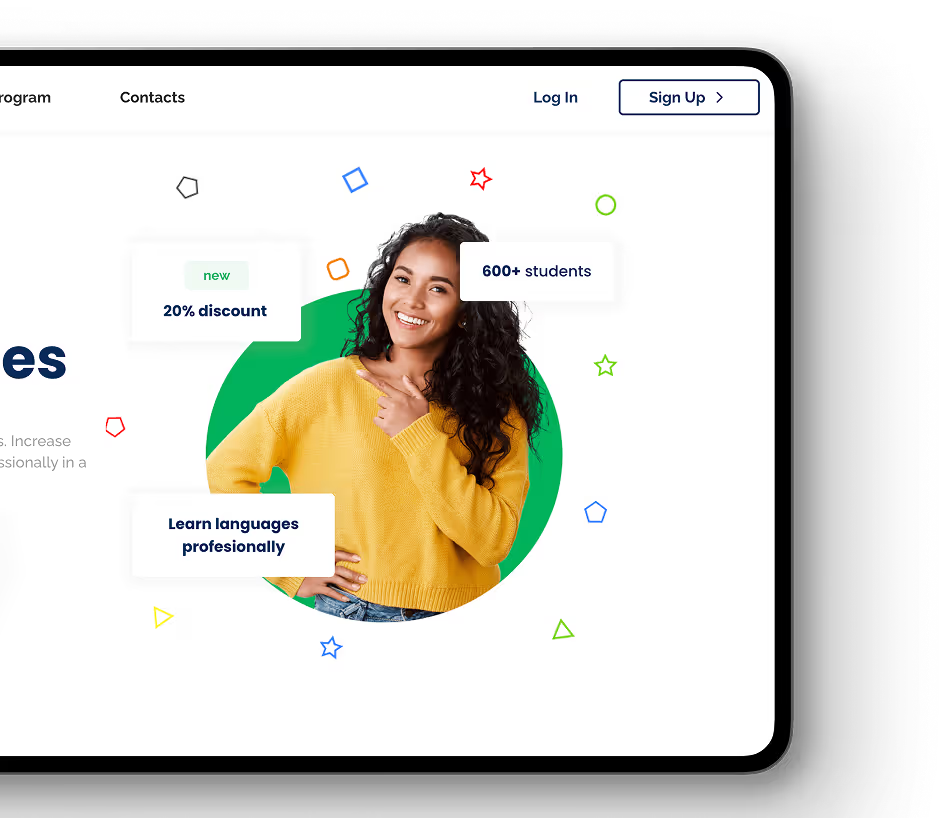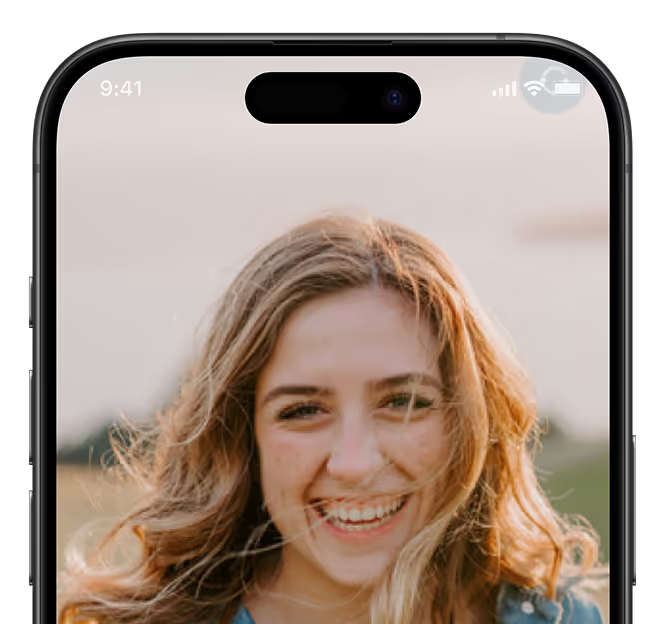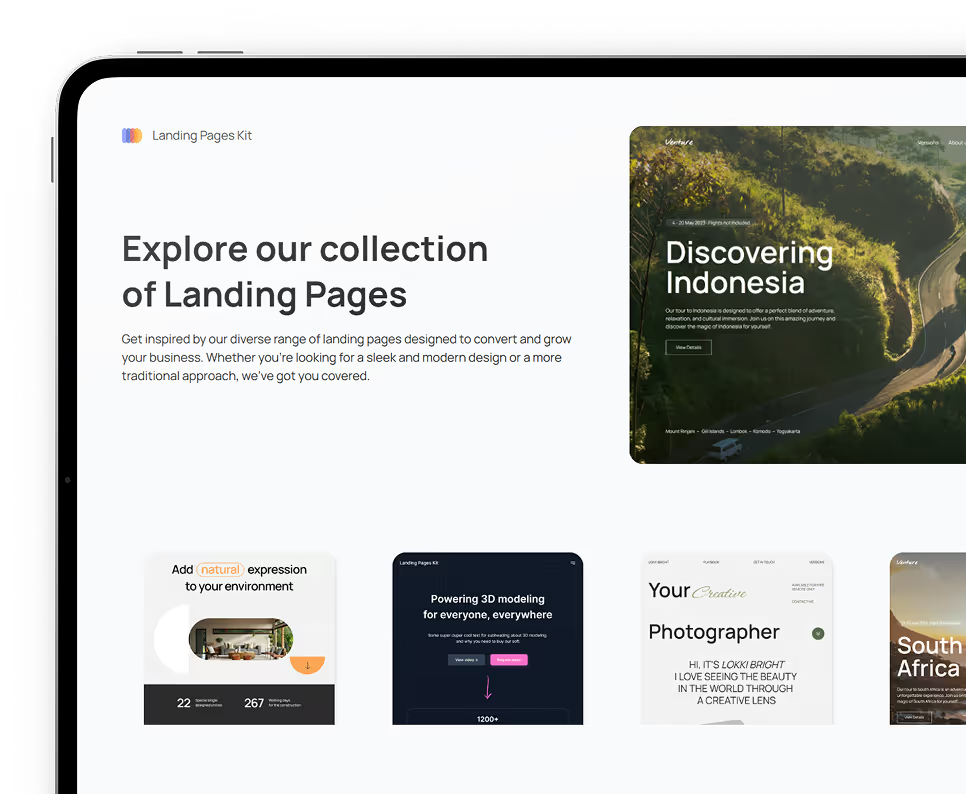June 3, 2024
•
min read
Bubble.io Security: Best Methods to Secure Your Bubble.io App
Discover the best practices for Bubble.io security with RapidDev’s expert guide. Enhance your app’s safety with strong authentication, data encryption, and more.
.png)
Introduction to Bubble.io Security
Bubble.io allows users to build web applications quickly and efficiently. However, with the ease of development comes the responsibility of securing your app to protect it from potential threats. In this article, we will explore various methods to enhance Bubble.io security.
Need help auditing your site’s security? Contact RapidDev for expert assistance.
Understanding Bubble.io Security
Bubble.io provides a powerful platform for building web applications without coding. However, like any web platform, it is susceptible to security vulnerabilities if not properly managed. Key areas of concern include data protection, user authentication, and vulnerability management. Implementing security best practices is essential to safeguard your app and user data, ensuring robust low code security.
Methods to Secure Your Bubble.io App
1. Strong User Authentication
Implementing strong user authentication mechanisms is a fundamental step in securing your Bubble.io app. Utilize multi-factor authentication (MFA) to add an extra layer of security. MFA requires users to provide two or more verification factors to gain access, significantly reducing the risk of unauthorized access. Some applications now incorporate biometric authentication methods for added user verification, enhancing both convenience and security.
Steps to Implement MFA
Activate 2FA in Settings:
- First, you need to activate 2FA for your app in the General tab of the Settings tab (note that the plan needs to be Growth for this to work).

- Generate a QR Code: Build a workflow that users can run when they’re logged in to generate an individual QR code for their account. This action returns an image that you can display in a group that has an image element.
- Validate the Token: Create a second workflow to validate the token and activate 2FA. This should be the token the users see when they scan the QR code.
- Define a Redirection Page: Define a page where users will be redirected to enter their token, and add a simple workflow there using the check 2FA Token action. Once a user has been through that workflow, he/she will be logged in.
- Additional Actions: Optionally, add some actions to disable 2FA or generate backup codes. You can also access the 2FA status of a user by checking if Current User’s 2FA is activated (which returns yes/no).
For detailed guidance, refer to Bubble.io's official thread on MFA.
In addition, users can also opt to use alternative plugins and extensions that provide more extensive 2FA and MFA capabilities. Just make sure that they work for the purpose of your app by checking the plugin's reviews, documentation, and demo page.
2. Data Encryption
Encrypting data both at rest and in transit ensures that sensitive information remains secure. Use SSL/TLS protocols to encrypt data transmitted between your app and its users. Additionally, ensure that all sensitive data stored in your database is encrypted to enhance low code security.
Steps to Encrypt Data
- Activate SSL/TLS: Once your app is connected to a domain, in your Bubble.io settings, activate SSL/TLS for your domain. This will encrypt data transmitted between your app and users.
- Encrypt Sensitive Fields: Use Bubble.io’s built-in tools to encrypt sensitive fields in your database. This can be configured in the database settings.

For more details, visit Bubble.io's guide on securing data.
3. Regular Security Audits
Conducting regular security audits helps identify and address potential vulnerabilities. Utilize tools and services that specialize in security assessments to scan your app for weaknesses. Regular audits ensure that your app remains compliant with the latest security standards and maintains strong low code security.
Steps to Perform Security Audits
- Schedule Regular Audits: Establish a regular schedule for conducting security audits (e.g., monthly or quarterly).
- Use Security Tools: Employ tools like Flusk to perform automated security audits. Additionally, consider using Parabola to manage and secure data workflows, ensuring that sensitive data is handled securely during audits.
- Review Audit Reports: Analyze the audit reports and address any identified vulnerabilities promptly.
.png)
Check out Flusk for comprehensive security audit tools tailored for Bubble.io apps.
4. Implement Role-Based Access Control (RBAC)
Role-Based Access Control (RBAC) allows you to assign specific permissions to users based on their roles. This minimizes the risk of unauthorized access by ensuring that users only have access to the information and functionalities necessary for their role, thereby enhancing low code security.
Steps to Implement RBAC
- Define Roles and Permissions: Identify the roles within your app and define the permissions for each role.
- Assign Roles to Users: Use Bubble.io’s user management system to assign roles to users.
- Test Role Access: Ensure that users can only access the functionalities assigned to their roles.

Refer to Bubble.io's documentation on user roles and privacy rules for more information.
5. Use Secure APIs
When integrating third-party services through APIs, ensure that they are secure and follow best practices for API security. Use API keys and tokens to authenticate requests and limit access to your app’s data.
Steps to Secure APIs
- Use API Keys and Tokens: Generate and use API keys or tokens to authenticate API requests.
- Limit API Access: Configure API access permissions to limit data exposure.
- Monitor API Usage: Regularly monitor API usage for any suspicious activity. Tools like N8n can help secure API interactions and workflows, ensuring that data exchanges between services are safe.

For a comprehensive guide on API security, visit Bubble.io's API Connector Security documentation.
6. Regular Updates and Patch Management
Keep your Bubble.io platform and any integrated plugins up to date. Regularly applying updates and patches ensures that your app benefits from the latest security fixes and improvements. Regular updates and patch management are crucial in addressing known security issues promptly. Software updates often contain patches that fix vulnerabilities identified by developers or through community feedback. Failure to update exposes your application to exploitation by cybercriminals seeking out-of-date software as an entry point (DIGITALiLE).
Steps for Patch Management
- Monitor for Updates: Regularly check for updates to Bubble.io and any integrated plugins.
- Apply Updates Promptly: Schedule regular maintenance windows to apply updates and patches.
- Test Updates: Test updates in a staging environment before applying them to your production app.

For more tips on maintaining your Bubble.io app, read Bubble.io's maintenance guide.
7. Flusk: Enhancing Bubble.io Security

One of the most effective tools to enhance Bubble.io security is Flusk. Flusk offers a comprehensive suite of security solutions specifically designed for Bubble.io applications. Let’s dive into the features and benefits of using Flusk.
Features of Flusk
- Automated Security Audits: Flusk performs automated security audits on your Bubble.io app, identifying potential vulnerabilities and providing detailed reports. This allows you to quickly address any issues and strengthen your app’s defenses.
- Real-Time Threat Detection: With real-time threat detection, Flusk monitors your app for suspicious activities and potential threats. Immediate alerts enable you to take swift action, minimizing the risk of data breaches and other security incidents.
- Enhanced User Authentication: Flusk offers advanced user authentication mechanisms, including multi-factor authentication and biometric verification. These features add an extra layer of security, ensuring that only authorized users can access your app.
- Data Encryption Services: Flusk provides robust data encryption services, ensuring that sensitive information is protected both at rest and in transit. Their encryption protocols meet industry standards, safeguarding your data from unauthorized access.
- Compliance Management: Staying compliant with industry regulations is essential for any web application. Flusk helps you manage compliance requirements, ensuring that your app adheres to standards such as GDPR, HIPAA, and more.
Benefits of Using Flusk
- Comprehensive Security Coverage: Flusk offers a comprehensive security solution tailored to the specific needs of Bubble.io apps. From threat detection to compliance management, Flusk covers all aspects of app security, ensuring robust low code security.
- Ease of Integration: Integrating Flusk with your Bubble.io app is straightforward and hassle-free. The tool is designed to seamlessly integrate with your existing setup, providing enhanced security without disrupting your workflow.
- Expert Support: Flusk provides expert support to help you navigate any security challenges. Their team of security professionals is available to assist with implementation, troubleshooting, and ongoing maintenance.

Conclusion
Securing your Bubble.io app is crucial to protect your data and ensure a safe user experience. By implementing best practices such as strong user authentication, data encryption, and regular security audits, you can significantly enhance your app’s security. Additionally, leveraging specialized tools like Flusk, Parabola, and N8n provides comprehensive security coverage, ensuring that your Bubble.io app is well-protected against potential threats.
Investing in Bubble.io security not only safeguards your app but also builds trust with your users, fostering a secure and reliable digital environment. For more information on securing your Bubble.io app, visit Flusk and Bubble.io’s official security guidelines.
For a deeper understanding of web application security, explore the following articles:
- Bubble’s Guide to Data Tokenization: This resource explains how to implement data tokenization within your Bubble app, helping you secure sensitive information by replacing it with non-sensitive equivalents. Understanding data tokenization is essential for protecting user data and complying with data privacy regulations.
- Imperva’s guide on Web Application Security: This resource provides a comprehensive overview of web application security, including the importance of web application firewalls (WAFs) and other key strategies.
- Snyk’s Overview of Application Security: Snyk offers insights into the importance of incorporating security throughout the development process and the benefits of a DevSecOps approach.
- Cloudflare’s Explanation of Web Application Security: This article covers various aspects of web application security, including common vulnerabilities and strategies to mitigate them.
Need to build a securely crafted app? Contact RapidDev for professional development services.
Ready to kickstart your app's development?
Connect with our team to book a free consultation. We’ll discuss your project and provide a custom quote at no cost!
Latest articles
We put the rapid in RapidDev
Ready to get started? Book a call with our team to schedule a free consultation. We’ll discuss your project and provide a custom quote at no cost!











